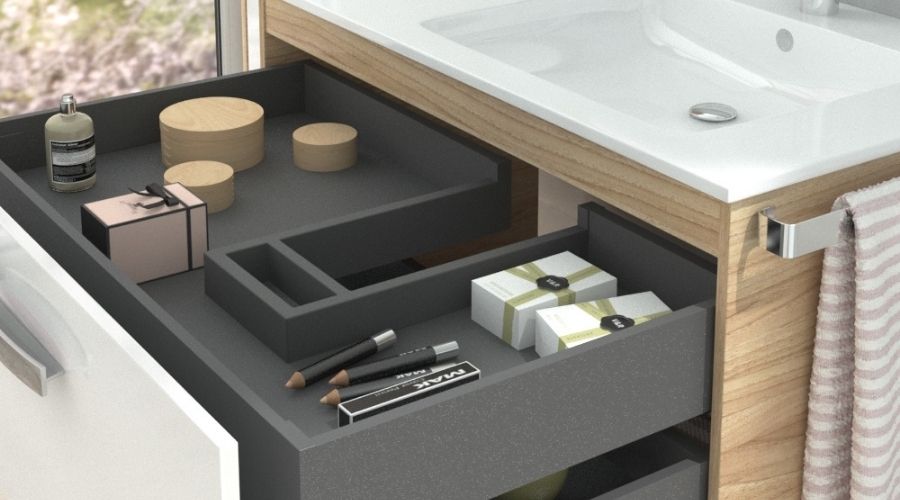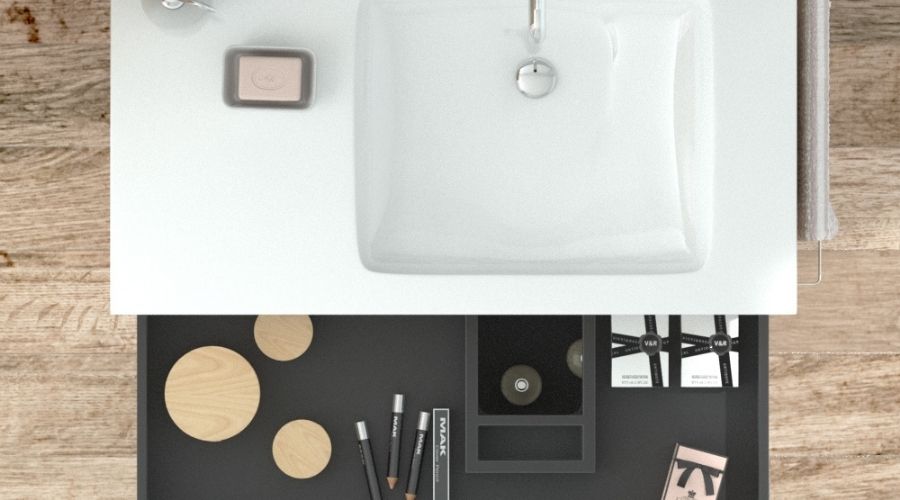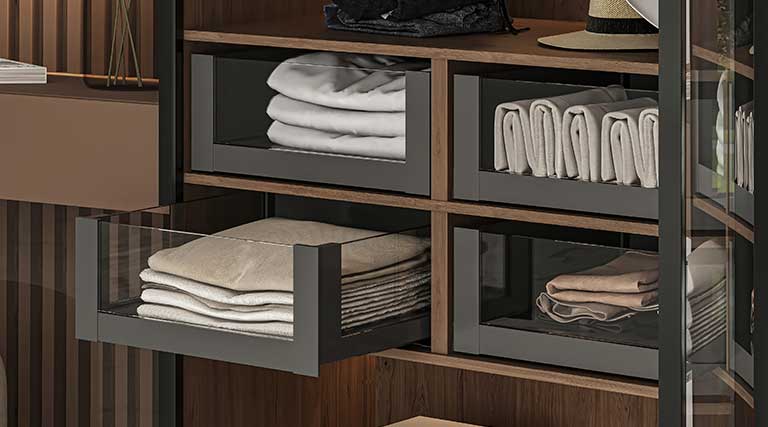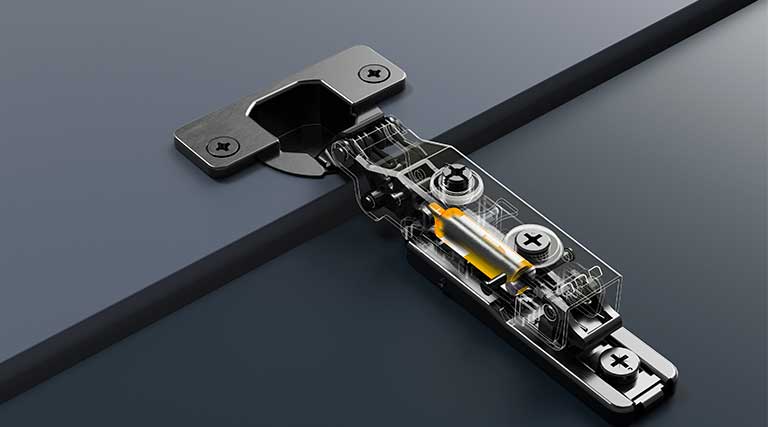If there is an element that cannot be missing in any home, it is the siphon for pipes. If you don’t know what it is, go to the bottom of your faucet: that S-shaped tube is the siphon, and it is found in all the plumbing fixtures in your house.
Its main function is to prevent bad odors from rising through the pipes and that small animals and insects can enter through them.
Siphon care is paramount. If you don’t know how to do it, don’t worry, at Emuca we tell you everything you need to know about the siphon and how to avoid annoying leaks.

Types of siphon
Although it is an element that normally goes unnoticed, it is vital for the drainage system to work correctly throughout the house. Currently, there are several types of siphon that adapt to the different drains in sinks. In this way, finding the one that best suits your needs is simple. The different types of siphon are:- Individual siphon: it is the most common today. It is called that because its installation is for a single drain.
- Double siphon: these are more used in sinks with two sinks or doubles. Its name comes from the fact that it has two conduits, one for each water outlet, and at the end they join in a single system.
- Extendable siphon: this type of siphon has an extensible tube that allows it to adapt to different distances or shapes of sinks.
- Bottle siphon: it is commonly used in kitchen sinks since its mechanism works by accumulating water in a small tank that is located between the drain and the water outlet. Thus, it prevents the appearance of bad odors caused by the putrefaction of the waste.
- Siphon with click clack valve: it is specially designed to be installed in sinks that have click clack drain valves.
- Extra-flat siphons: ideal for places with very little space.
- S-shaped siphon: it is used when the water outlet of the sink is vertical.
- U-shaped siphon – used when the sink drain is installed horizontally.











